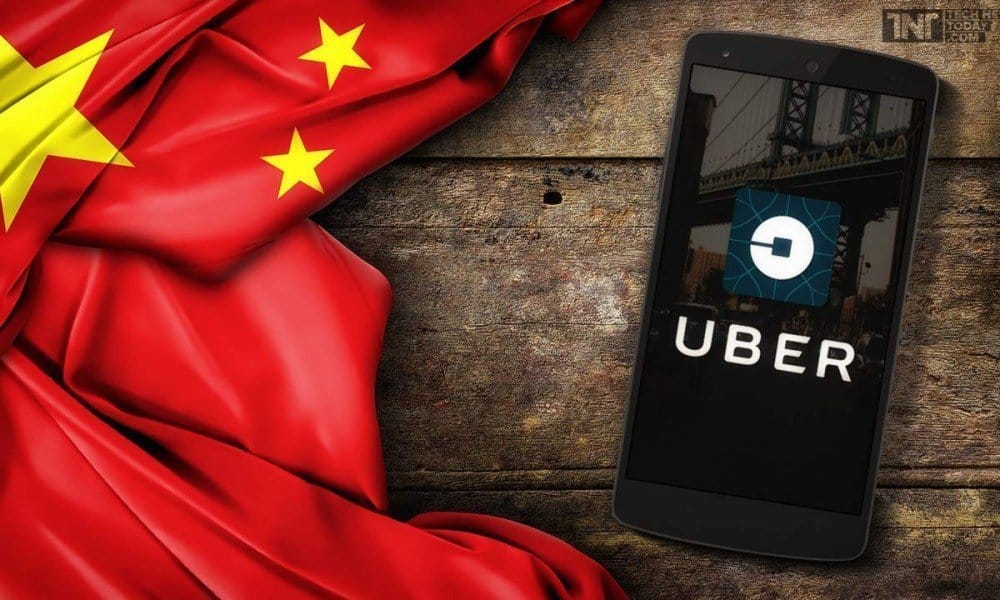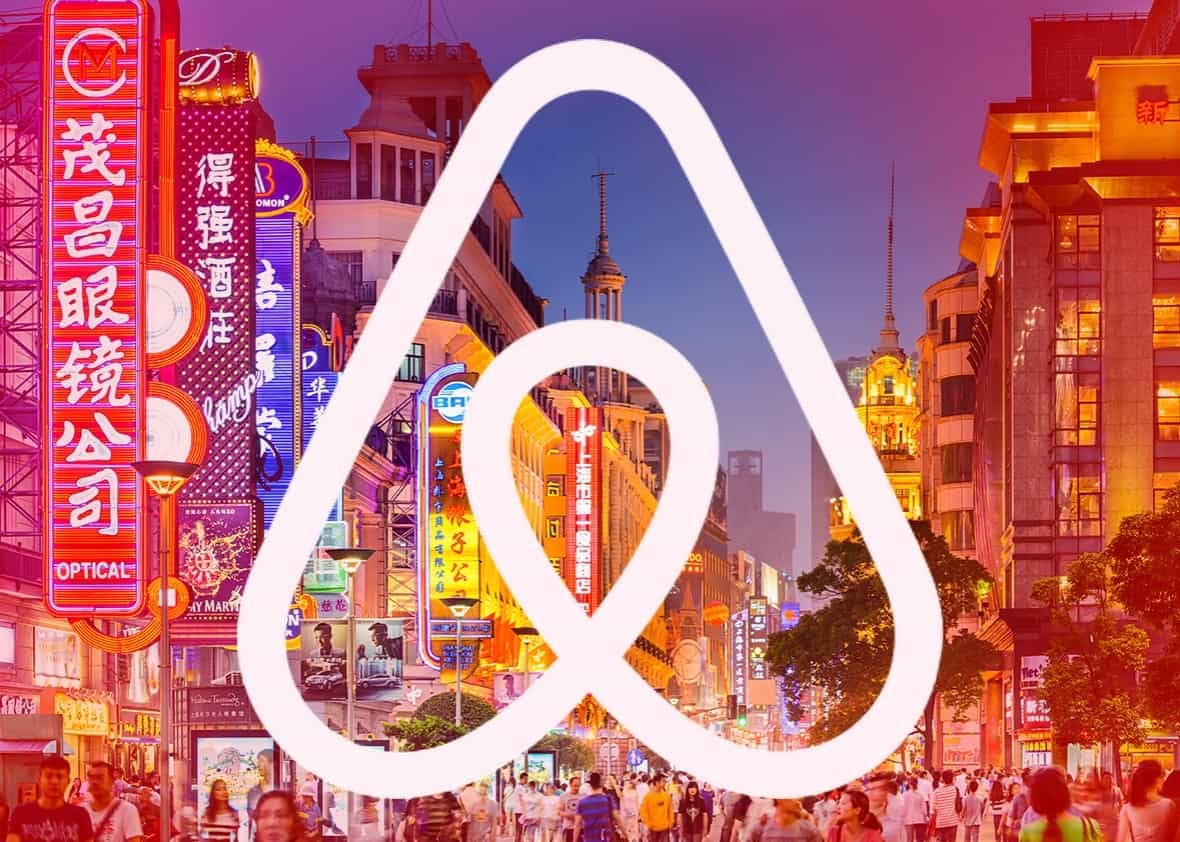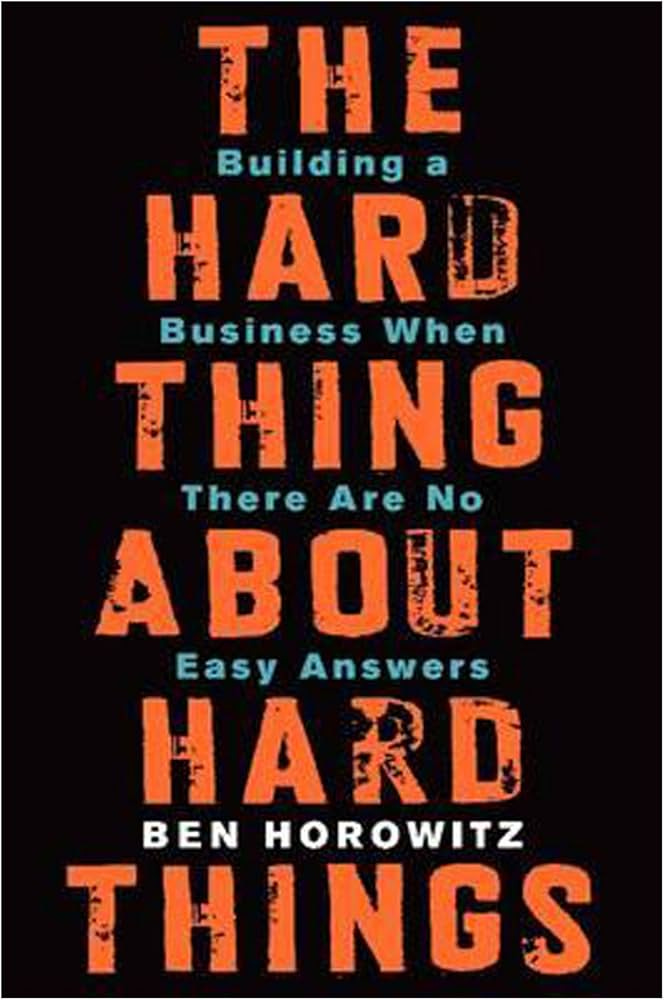Why Startups Fail at Global Expansion and How to Win in New Markets
Most startups fail at global expansion. Not due to funding, but costly mistakes in compliance, payments, and localization. Avoid these pitfalls and scale successfully.
Uncharted Snippets 🔎
Quick hits on what’s happening
Stop clicking the first link. Use quotes for exact phrases, site: to search specific websites, and -keyword to filter out junk. Need research papers? Add filetype:pdf to your search.
Mark Cuban Wants a TikTok Rival That Can’t Be Owned. Who’s In?
Mark Cuban is hunting for a TikTok replacement built on Bluesky’s decentralised AT Protocol. He’s ready to fund any startup who can make it happen!
Banning TikTok is Already Backfiring
Tik Tok might be back (for now) in the US but the U.S. wanted to cut China off from American data. Instead, TikTok refugees flooded to RedNote, a more Chinese app, chatting with 300M Mandarin speakers, and swapping memes.
This Week's Reality Check ✅
The biggest international market entry mistakes & how to avoid them
Remember that scene in Silicon Valley where Jian-Yang fakes massive traction in China with click-farmed bots?
Yeah, real-world expansion isn’t that simple.
Around 70% of international expansions fail. Not because they lack funding but because they underestimate the international expansion strategy they need to succeed. The most common international market entry mistakes include misjudging local regulations, failing to adapt pricing strategies, and assuming a one-size-fits-all global approach will work.
$2 billion.
That’s how much Uber burned trying (and failing) to conquer China before giving up and selling to Didi.
Uber had the money, the team, and the tech. But none of it mattered against a competitor who understood the local market better. It’s one of the most widely discussed global expansion case studies, showing how even the best-funded companies can fail when they underestimate local market dynamics.
And they weren’t alone.
Airbnb spent six years and millions trying to crack China, then gave up and pulled out in 2022. They built a local team, partnered with WeChat, even rebranded to “Aibiying” (爱彼迎).
None of it mattered. Local competitors (Tujia, Xiaozhu) crushed them.
Regulations slowed them down.
Their entire infrastructure had to be rebuilt just to comply with Chinese laws.
In the end, the cost outweighed the upside.
If Uber and Airbnb can’t brute-force their way into foreign markets, what makes you think your startup can?
Most founders assume that once they’ve nailed product-market fit at home, demand will follow them abroad. But international expansion requires re-validating demand from scratch. Before you even think about scaling globally, you need to test demand properly. I break down the critical steps in Why Most Startups Fail And How to Guarantee Demand Before You Launch.
After a decade of launching digital banks and watching fintech dreams crash into regulatory walls, I can tell you, it absolutely could be.
What You’ll Get From This Post
The hidden cost traps that kill international expansions.
Why your budget is probably wrong (and what founders always underestimate).
The real risks of currency swings, localisation failures, and compliance nightmares.
Examples of big-name startups.
A practical checklist to help you avoid expensive mistakes.
The chaos multiplier of global expansion
Hiring local teams sounds easy. Until you see the payroll costs.
Then there’s your tech stack.
What worked at home needs major rework to meet local laws, payment methods, and compliance rules. And it’s not just the product that needs to adapt—your entire growth strategy needs a reset.
Startups often throw their CMOs into global expansion with unrealistic expectations and no clear roadmap. It’s one of the reasons many CMOs burn out within six months.
If you’re leading marketing for a fast-scaling startup, read How to Succeed as a Startup CMO to avoid the biggest mistakes and set yourself up for long-term impact.
But even if you get the right leadership in place, execution is another beast. The playbook that worked at home rarely translates one-to-one in a new market.
That "Global-Ready" product? Not so global after all.
Ever had a payment processor swear they have worldwide coverage?
Global payment challenges will hit you fast. Take Saudi Arabia: Visa and Mastercard? Not the big players.
Take Saudi Arabia.
Visa and Mastercard? Not the big players. In Saudi, mada dominates, processing 80–90% of transactions. No mada integration? Get ready for sky-high interchange fees. Your margins will bleed.
And payments are just the start. Expanding into new markets isn’t just about setting up infrastructure. It’s about building trust. In B2B, enterprise buyers don’t follow a formulaic funnel. They move based on relationships, credibility, and market reputation.
Why Trust, Not Funnels, Closes Enterprise Deals explores why trust is the real currency in sales.
And let’s talk currency swings.
A 5% shift sounds small. Until it wipes out your profit overnight.
Try launching in Egypt, where the pound lost over 50% in 2023, or Turkey, where the lira has dropped nearly 80% since 2018. If you’re pricing in USD but collecting in local currency, you could be in a financial freefall.
Oh, and data residency laws.
Some governments don’t want their citizens data leaving the country. For example, Saudi Arabia, requires customer data to be stored inside the country. So too Indonesia.
If your cloud provider isn’t compliant, get ready for hefty fines or being locked out of the market entirely.
International operations don’t just add costs, they multiply complexity.
Marketing localization will break you if you get it wrong
“Just translate the app and we’re good, right?”
Wrong. Translation is just the tip.
I’ve seen startups burn millions on bad localisation.
A campaign that crushes it in Dubai might flop in Saudi Arabia if it ignores cultural norms. Many founders underestimate startup localization challenges. From translation mishaps to regulatory compliance. Even billion-dollar brands have been caught off guard by cultural differences, leading to embarrassing and expensive failures. Each market has unwritten rules. Break them, and your marketing budget goes up in smoke.
Pepsi’s Southeast Asia launch bombed when they rolled out light blue vending machines, unaware the colour symbolised mourning. Colours have cultural baggage. Sales tanked, and they had to rebrand fast. Small details can derail an expansion before you even realise what went wrong.
KFC also learned this the hard way in China.
Their famous slogan, "Finger-lickin’ good" became "Eat your fingers off" in China. Cue horrified customers and panicked executives scrambling for a rebrand. It’s a reminder that even global giants can stumble when they underestimate localisation. For startups, one bad translation can kill trust before you even start.
They recovered.
But only after serious damage control and localisation fixes.
Now think pricing.
Do you price-match your home offerings?
Adjust for local purchasing power?
What seems like a minor tweak can define whether you gain or lose trust in a new market.
Customer support matters too.
English-speaking agents sound fine.
Until your chatbot doesn’t understand slang or local dialects.
Then there’s platform dominance.
That TikTok campaign that crushed it in the U.S.? Worthless if your audience is on WeChat (China), WhatsApp (Brazil), or Snapchat (Saudi).
Different markets, different rules.
And if your marketing automation tools don’t support right-to-left languages such as Arabic or local social integrations, you’re already playing from behind.
Budget for localisation like it’s a core product function.
Because that $20K localisation budget? It’s about to become $100K.
The regulatory nightmare you can't spreadsheet
Want to know what actually keeps fintech founders up at night?
No it’s not competitors.
It’s regulators.
In 2020, Vietnam threatened to shut down Facebook entirely unless they removed political content the government didn’t like. Facebook caved. They had no choice. Lose Vietnam’s 60M+ users, or play by new rules? They played.
Imagine if that were your startup.
One policy shift, and suddenly your platform, your revenue, your entire market gone.
Silicon Valley loves "move fast and break things."
Try that in Saudi Arabia or Indonesia. The only thing breaking will be your expansion plans right before regulators put you on mute.
Think hiring lawyers will fix it?
That six-month timeline just tripled. You’re now juggling compliance audits, licensing fees, and legal bills that will make your VC cry.
Then there’s data sovereignty.
GDPR doesn’t just demand secure data handling. It dictates where data can be stored, processed, and accessed.
For fintech startups, regulatory frameworks add another layer of complexity. I’ve worked on digital bank launches where navigating these nuances was a survival skill.
And let’s not forget cross-border payments.
Sure, setting up international payment infrastructure sounds straightforward. Until you’re hit with hidden fees and operational inefficiencies that chew through your margins.
How to expand a startup internationally without failing
Scaling internationally isn’t just about throwing money at new markets.
According to Chris Schroeder, co-founder of Global VC Fund,
"Startups that succeed abroad don’t just localize—they rethink everything, from partnerships to pricing, as if they’re launching for the first time."
Here’s how to increase your chances of success:
Validate demand first – Don’t assume people want your product. Test with small pilots before a full-scale launch.
Hire local experts early – You need people who know the regulatory, tax, and cultural landscape.
Adapt your product and pricing – A one-size-fits-all approach won’t work. Optimize for local user behavior.
Solve payments and compliance upfront – Understand local payment rails, tax implications, and data residency laws before launch.
Start lean, then scale – Avoid heavy fixed costs until the market proves itself.
Before you jump into that new market…
I know you're excited to go global.
But before you book that flight, let's run through the basics.
✅ Have you tested with 50 early customers?
✅ Have you mapped out regulatory risks and localization challenges?
✅ Can people actually pay you?
Whatever budget you think you need? Triple it. Then add more.
Think like a local, prepare like a pessimist.
Summary
Q: Why do startups fail at global expansion?
A: Startups often fail at global expansion due to underestimating compliance, infrastructure, and localization challenges.
Q: How can startups succeed in international expansion?
A: Successful startups validate demand, hire local experts, adapt pricing, and solve payments before expansion.
North star for global expansion
Expansion is like skydiving.
Miss one crucial detail, and there’s no second chance.
Plan smart. Move slow.
Don’t assume the market will adjust to you.
It won’t.
You either adapt or you join the long, ugly list of startups that expanded too fast, burned too much cash, and never recovered.
Going global isn’t about replication.
It’s about reinvention.
Until next week,
Martin
P.S. This week's soundtrack: "Around The World" by Daft Punk.
Tool of the week: Lokalise
Drowning in translation chaos? Lokalise is your new best friend. Think of it as a localisation manager who doesn’t sleep, keeps everything organised, and makes engineers actually happy. Magic.
Book of the Week
“The Hard Thing About Hard Things” by Ben Horowitz
Skip all the theoretical fluff about international growth. Horowitz gives you the unfiltered truth about what happens when everything breaks. Which in international expansion, it usually does.










Well said, Martin! I have been taking US brands to the UK as the Beachhead for Europe / the world for over 25 years in various guises. One point I think you miss is that it is not just about getting a foothold, but maintaining it. A $billion business I successfully took international failed to invest energy into keeping the international business up to date with the home market. Over a decade later they threw the towel in and retreated back home. International has a tonne of advantages but it also needs advocates at C-level willing to take the time to do all the stuff you list and then continue to spend time on it.